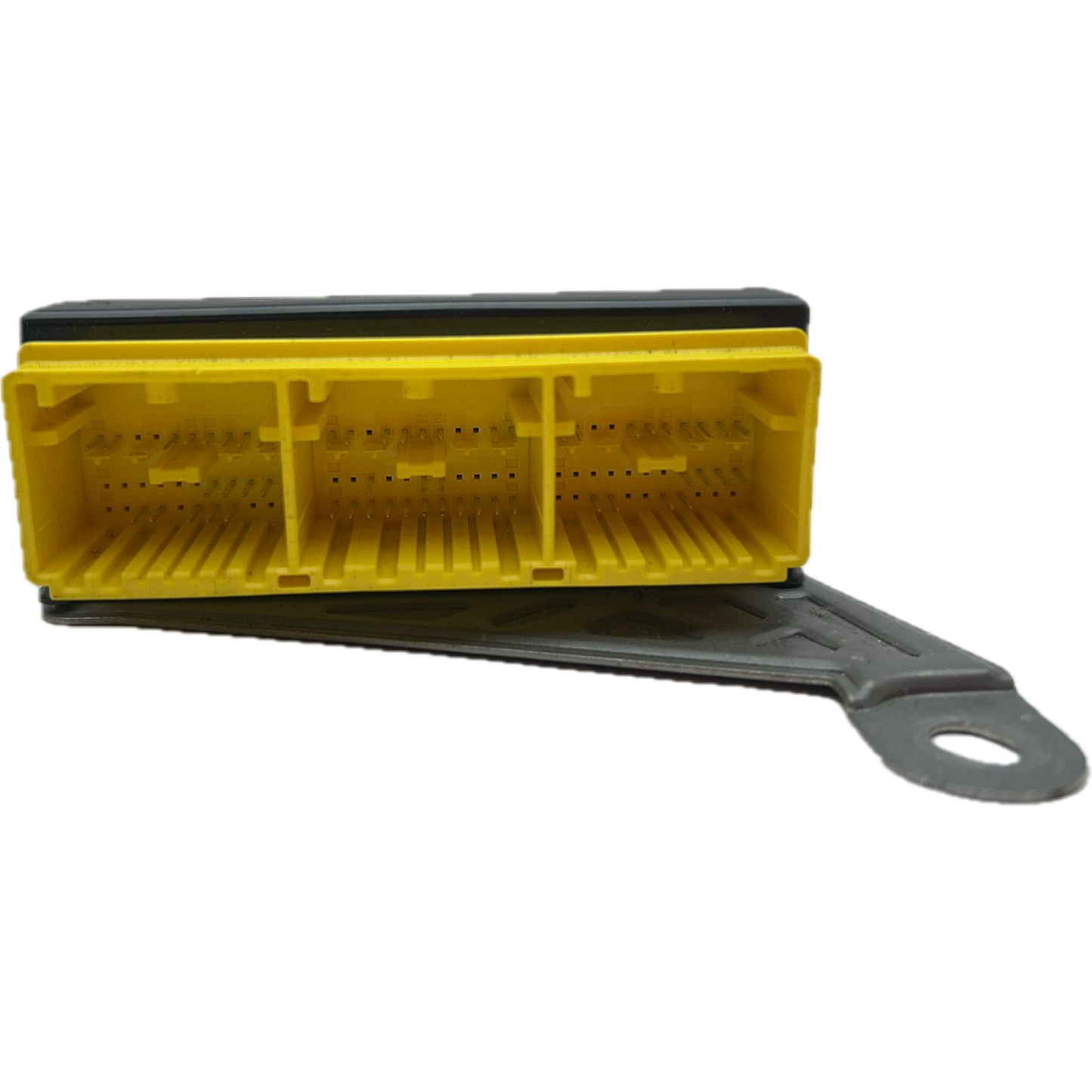What is a Renault Clio V airbag control unit?
The Renault Clio V airbag control unit is the central safety unit in your vehicle, which specifically activates all occupant restraint systems, such as airbags and seatbelt pretensioners, in the event of an accident. It continuously monitors sensors, stores important crash data, and ensures the correct functioning of the entire airbag system for maximum occupant safety.
This safety-relevant module is primarily responsible for detecting crash events and triggering the protection systems at lightning speed.
A functioning airbag control unit is essential to ensure the full protective effectiveness of the passive safety features of your Renault Clio V.
Why is the Renault Clio V airbag control unit defective?
A Renault Clio V airbag control unit often fails because crash data is irreversibly stored in memory after an accident, causing the module to lock. This leads to the control unit no longer allowing communication or permanently activating a warning light, necessitating a professional Renault Clio V airbag control unit repair.
Common causes are internal electronic errors that can be caused by overvoltage or aging.
A communication failure via the CAN bus or the reading of non-erasable error codes also indicate a defect in the control unit.
After an accident, the airbag control unit is usually disabled and must be repaired or replaced to restore the full functionality of the safety system.
Common error codes for Renault Clio V airbag control unit repair
During a Renault Clio V airbag control unit repair, specific error codes will occur that indicate problems with the control unit itself, rather than with sensors or airbag modules. These codes require targeted diagnosis and repair to restore the vehicle's safety function.
- B1000 → Control unit communication error → Problems with CAN bus communication or internal errors.
- DTC 90B4 (DF129) → Airbag control unit error → Control unit locked or internal defects, results in permanent warning light.
- DTC 9080 (DF001) → Airbag control module error → Internal malfunction, causes the airbag warning light to stay on.
- 36991 → Crash data saved after accident → Control unit blocks the memory, requires reset.
- Error Airbag control unit locked → No communication possible → After an accident or internal error the control unit does not respond.
What part numbers are available for the Renault Clio V airbag control unit repair?
For the Renault Clio V airbag control unit repair, several precisely verified OEM part numbers are relevant, ensuring compatibility with your vehicle model and year. These numbers confirm that it is the original airbag control unit for the Renault Clio V, even if different manufacturers are involved.
The official Renault OE part number for the Clio V (type RJA, from 2019) is often 985107887R.
Another common original Renault part number for the same control unit is 985104563R.
There is also the OEM supplier number A3C00492401, which often comes from Bosch or Continental.
The number 985108115R is an OEM number from Continental, which is also used in the Renault Clio V.
Compatibility and features of the Renault Clio V airbag control unit
The airbag control unit is specifically designed for the Renault Clio V (type RJA, model years 2019-2024) and ensures full integration into the vehicle's systems via the CAN bus. Its vehicle-specific software controls all passive safety electronics, which is crucial for a successful Renault Clio V airbag control unit repair.
It is compatible with various engine variants, including the 1.0L petrol engine (B4D419) with manual transmission.
The installation position is typically protected under the driver's seat or in the center console.
Important note: A used control unit is "married" to a specific vehicle and must be reprogrammed before being installed in another vehicle.
A professional Renault Clio V airbag control unit repair is often more cost-effective than buying a new one and safely resets stored crash data.
Work on the airbag system may only be carried out by trained specialists to avoid safety risks and further failures.




